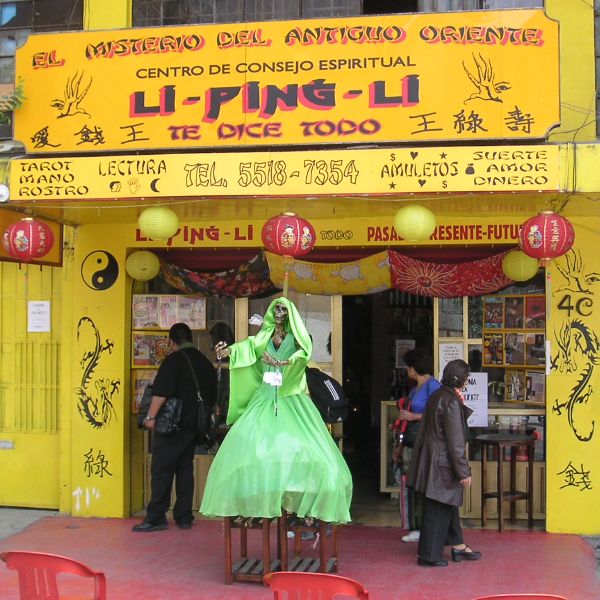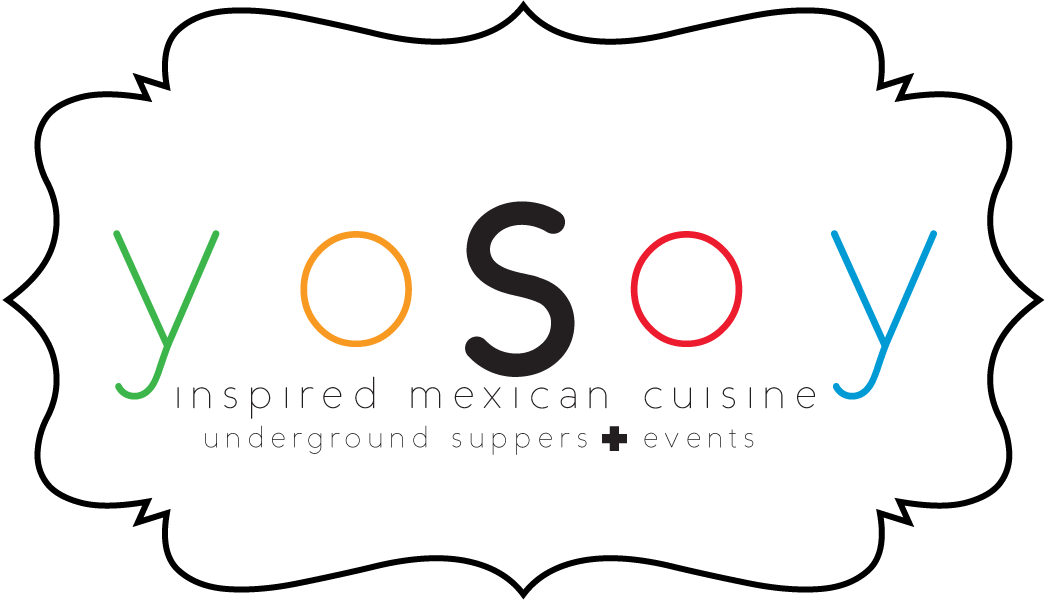Mexicali
 Friday, September 4, 2009 at 1:30PM
Friday, September 4, 2009 at 1:30PM 
Recently we have been doing more and more historical research, coming across Mexicali, which is not just the capital of the Baja California State in Baja mexico, but the confluence of our two favorite cultures. The exchange of goods dates to the Manila-Acapulco galleons, began in 1565, bringing spice, porcelain and ivory in exchange for Mexican silver. This came into Acapulco, through Mexico City and eventually onto Spain. But left behind were also human cargo, while this was the beginning of a lucrative and ongoing trade the bulk of actual immigration waited until the 20th century. These contract workers and political refugees swelled the populations of the western United States and increasingly the borders of Mexico due to immigration policies and discrimination. One of the more fascinating cities affected is Mexicali where the population surged and the new residents began substituting local ingredients for their culinary undertakings. This historical cross pollination is not exactly a revelation by any means, but it is these patterns of migration that have molded and influenced food, art and religion for centuries. It is only that China remained so much more insulated historically, allowing very distinctive and regionalized cuisine. The Roman and Greek spread of culture is undeniable, then we can reference the Moorish influence on Spain, and later the cornucopia of agricultural goods discovered from the Americas. Potatoes, tomatoes, corn, cacoa, and spices never before seen changed the way the world would eat forever. There is a brilliant book by Raymond Sokolov which delves into this with a beautifully detailed history; Why we eat what we eat, read it. All of this is known however what we find particularly graceful is the melding of specific and defined cultures later on. While America has been a melting pot since its inception, Mexico has long retained its original flavors, even today you can see the brilliant pre-Spanish flavors dancing across menus. So long after two distinct cultures defined themselves they come together in a revolution of tastes during the 20th century. Some simple cross cultural ingredient substitutions are born of necessity, some are enhancements. Szechuan peppers become ancho chillies, peanut oil becomes corn oil, and so on. But so many dishes are either completely new or combinations of familiar tastes. Think of a egg fu yung burrito. In Mexicali there seems to be a wealth of this new fusion which is what makes it so special. The fundamental respect for culture and the honesty of ingredients fuels us, and we love finding people who are doing the same. Go Mexicali!
References (5)
-
 Response: dysfunction houseFood + Art - blog-mexicali - Mexicali
Response: dysfunction houseFood + Art - blog-mexicali - Mexicali -
 Response: chicago accident lawyerFood + Art - blog-mexicali - Mexicali
Response: chicago accident lawyerFood + Art - blog-mexicali - Mexicali -
 Response: public divorce caseFood + Art - blog-mexicali - Mexicali
Response: public divorce caseFood + Art - blog-mexicali - Mexicali -
 Response: serve divorceFood + Art - blog-mexicali - Mexicali
Response: serve divorceFood + Art - blog-mexicali - Mexicali -
 Response: 亚太集团周华 Asia-Pacific GroupFood + Art - blog-mexicali - Mexicali
Response: 亚太集团周华 Asia-Pacific GroupFood + Art - blog-mexicali - Mexicali


Reader Comments